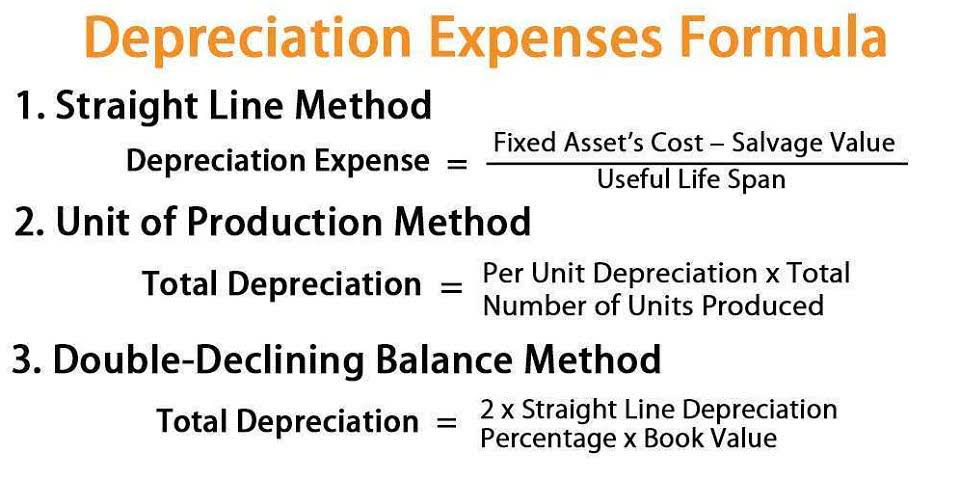How to Become a Day Trader: 10 Steps Explained
A successful day trader will often focus on stocks or ETFs, seeking to profit from short-term price fluctuations. Another instrumental tool in a day trader’s arsenal is algorithmic trading software, which can automate trading strategies based on predefined criteria. This technology allows traders to execute trades at speeds impossible to achieve manually, capitalizing on fleeting opportunities that arise in the market.
- Equally important is a reliable internet connection, which is fundamental for staying connected to the markets in real time.
- Day traders, by interpreting these patterns, can anticipate potential market movements.
- As long as the stock market is moving up and down, you can make money.
Setting daily profit and loss targets is an essential discipline for anyone keen on mastering how to day trade. These benchmarks act as financial guardrails, ensuring traders don’t overextend themselves in the heat of market action. By leveraging financial news and cutting-edge stock analysis tools, traders can sift through the noise, identifying opportunities that align with their strategy and risk tolerance.
Understand Securities
Day trading requires a trader to track the markets and spot opportunities that can arise at any time during trading hours. Of course, day trading and options trading aren’t mutually exclusive. Many investors combine elements of both, such as day trading options or using options to hedge day trading positions. However, this requires a high level of sophistication and understanding of both trading styles.
How to Read Day Trading Chart Patterns and Why They Are Important
For one thing, brokers have higher margin requirements for overnight trades, and that means more capital is required. A stock can go down or up on overnight news, inflicting a bigger trading loss on the owners of shares. This low success rate is attributed to the high risks, the need for substantial skill and experience, and the intense competition in the financial markets. Many aspiring day traders face significant losses in their early trading careers, and only a few persist and learn the skills necessary to become profitable. Successful day traders have a solid risk management strategy that allows them to limit losses and maximize profits. Traders who fail often need better risk management practices, such as not setting stop-loss orders or trading with too much leverage.
Set a Financial Loss Limit
Depending on the brokerage you choose, you may be able to open an account and get started for as little as $1,000. To achieve your goals, you need to stay focused and avoid distractions. This means avoiding social media and other time-wasting activities during trading hours. Day traders and active traders are both types of investors who engage in frequent trading, but there are some key differences between the two. These steps are critical for anyone aiming to elevate their day trading career to new heights.
Before you start day trading, it is also important to understand any tax requirements in your local jurisdictions. Audiobooks and podcasts, for example, are a great way for beginners to learn about day trading while on the go, at the gym or on the school run. Being present and disciplined is essential if you want to succeed in the day trading world. Recognizing your own psychological pitfalls and separating your emotions is imperative. That means having the best trading platform for your Mac or PC laptop/desktop, having a fast and reliable asset scanner and live stream, and software that won’t crash at a pivotal moment. The best brokers for beginners are easy-to-use and provide a variety of educational materials and research tools to encourage learning.
You can take less risk, focusing on percentage returns while building up your trading capital. Slippage occurs when a trade is executed at a price different from the expected price. This can happen during times of high volatility or low liquidity. Managing slippage is important, especially for day traders, as it can impact profitability. Some features may be free while some may come at a cost that can eat into your profits. In a world where everyone has easy access to online trading, why are there only a few succeeding as day traders?
You will find it easier to achieve your goals if you break them down into smaller, achievable milestones. This plan serves as a roadmap, guiding individuals through the intricacies of the market with clear objectives and strategies outlined. Then, the movement begins to pick up again toward the closing bell.
Parallel upper and lower trendlines can be drawn, which form the flag. The sell signal takes place when price breaks out below the support of the lower trend line forming the flag, with strong volume. I won’t say trading with $100 is impossible, but think about it what kind of stocks you’d be trading. How you and I trade a strategy will be different, even on the same strategy. You want a broker that will be there to provide support if you have an issue. A few cents extra on a commission is worth it if the company can save you hundreds or thousands of dollars when you have a computer meltdown and can’t get out of your trades.
Once you know what you’ll be trading, you’ll need a few basic tools to get started. These are often based on commodities such as crude oil or gold. They may also be based on indexes such as the movements of the S&P 500. Regularly reviewing your goals and assessing how you are doing is important to stay motivated and track your progress. Celebrate your successes and use any setbacks as an opportunity to learn and improve. Next breaking down the goals into smaller, achievable steps is a great way to stay motivated and focused on progress.
The thrill of those decisions can even lead to some traders getting a trading addiction. It is worth including information on the time and size of entry and exit positions, the direction of trades, plus respective profits and losses. Once you have chosen a suitable broker that’s good for beginners, register for a live account and deposit funds. Remember, if you do not feel ready to start day trading on live markets, make use of a free demo account.
Most professional day traders work for large financial institutions, benefiting from sophisticated technology and significant resources. Individual day traders face steeper challenges, competing against these institutional players and high-frequency trading (HFT) algorithms that can execute trades in microseconds. A high-risk alternative that has proven popular with aspiring day traders is binary options. Users simply have to decide whether the price of a security will rise or fall within a specified time. It provides enough capital to trade various assets while managing risk effectively. However, it’s essential to use leverage cautiously and have a solid risk management strategy in place.
Fear, greed, and impatience can lead to irrational decisions and significant losses. Stick to your trading plan and remain disciplined, even in the face of market volatility. Day traders close all their positions before the market closes, minimizing the risk of holding assets overnight. This fast-paced approach means they often execute multiple trades throughout the day, aiming to profit from small price fluctuations.
In addition to knowledge of procedures, day traders need to keep up with the latest stock market news and events that affect stocks. This included the Federal Reserve System’s interest rate plans, leading indicator announcements, and other economic, business, and financial news. Wise day traders use only risk capital that they can afford to lose.
Then when you’re ready, you can start trading with your real account using small positions. Strong stocks start total revenue in economics: definition and formula to run and can break out once traders come back from lunch. Once you are consistently profitable, set your daily loss limit equal to your average winning day. For example, if you typically make $500 on winning days, then you are allowed to lose $500 on losing days. The logic is that we want to keep daily losses small so that the loss can be easily recouped by a typical winning day.







Recent Comments